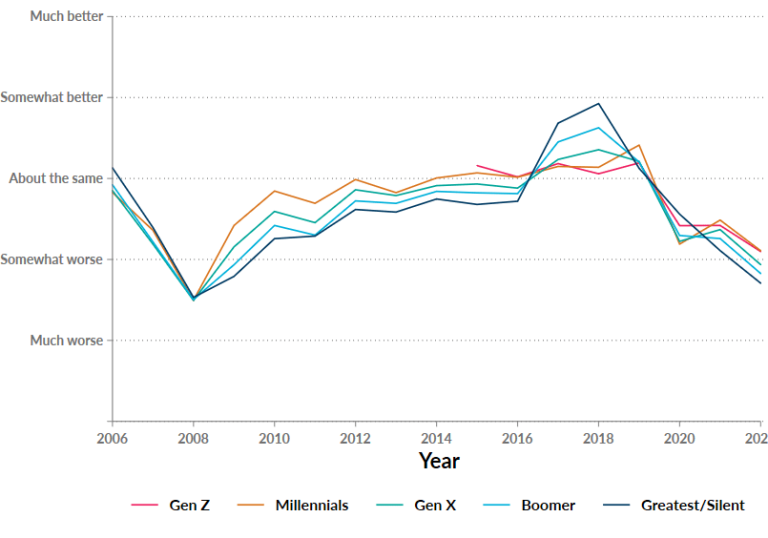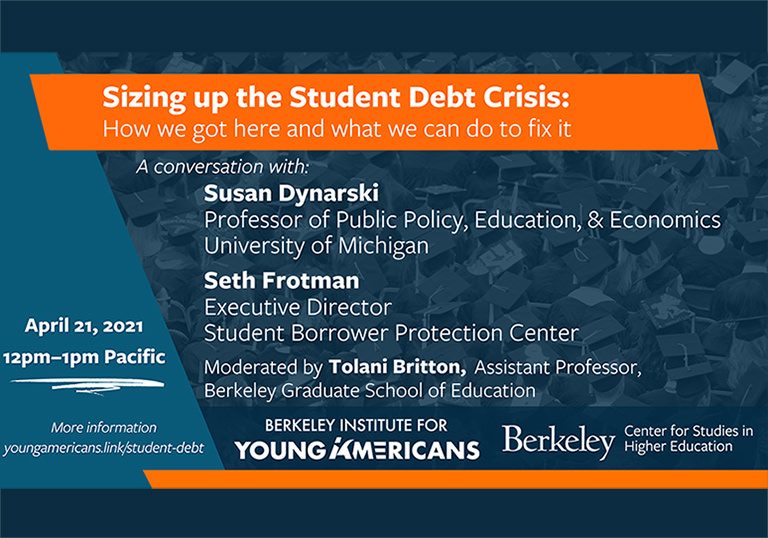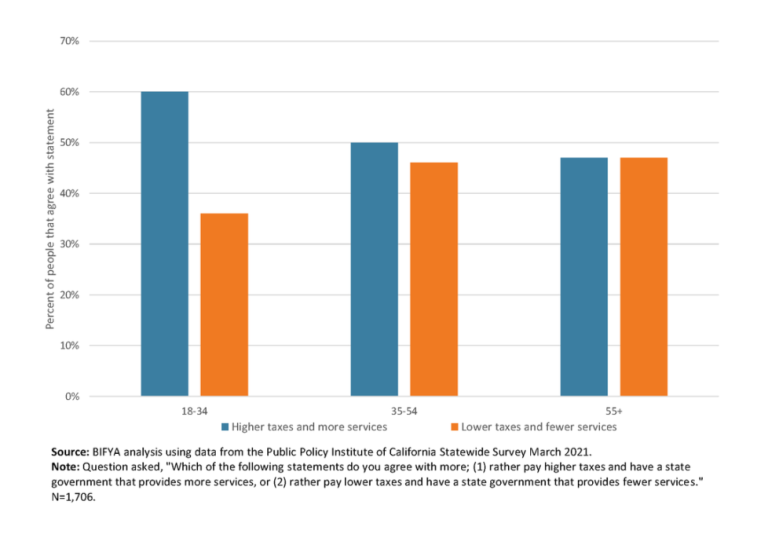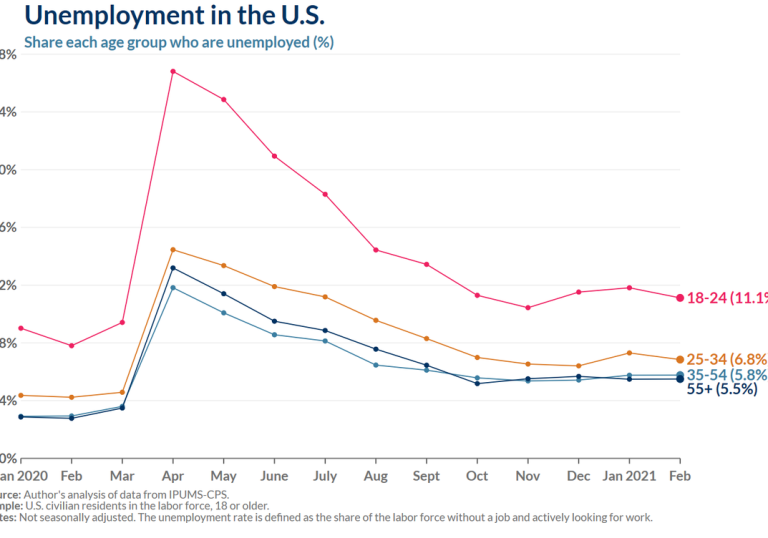Support for this project was provided by the Robert Wood Johnson Foundation. The views expressed here do not necessarily reflect the views of the Foundation.
Summary
One of the primary goals, if not the primary goal, of social policy is to alleviate poverty. Evidence indicates that, in the US context, the collective weight of the social safety net has made major strides toward that goal. The different safety net programs use a variety of designs and strategies to reduce poverty. Given the array of programs in effect, there is a fundamental debate within social policy regarding the degree to which redistributive programs should be targeted or universal with the goal of alleviating poverty. Historically, the targeted position has generally argued that universal programs are expensive and dilute the impact of resources that could otherwise go to those who need it the most. On the other hand, among other points, the universalist position generally argues that universal programs are more politically durable since they benefit a greater part of the polity.
In this paper, the author implements a microsimulation model to directly test the poverty-reducing effect of alternative programs to expand income supports in the US social safety net. The primary contribution to the literature on income guarantee design is the implementation of what is referred to as a “fixed budget framework” within the microsimulation model. The standard approach to microsimulation of income support programs is to first determine the size and eligibility for a payment and subsequently calculate the sum of those payments across all eligible recipients to determine the total cost of the program. The fixed budget framework reverses this process. The author takes an exogenously selected budget and eligibility thresholds, and calculates the corresponding payments for eligible families/individuals associated with that budget. The primary advantage of this approach within the microsimulation model is that a uniform budget can be applied across different income support schemes, which allows the author to directly compare the poverty-reducing efficiency of alternative policy designs. This paper uses the 2019 CPS ASEC sample as the foundation of the microsimulation, and includes both static and dynamic versions of this model, the latter of which scales the payments to incorporate both predicted labor supply effects and corresponding revenue effects on the federal budget.










